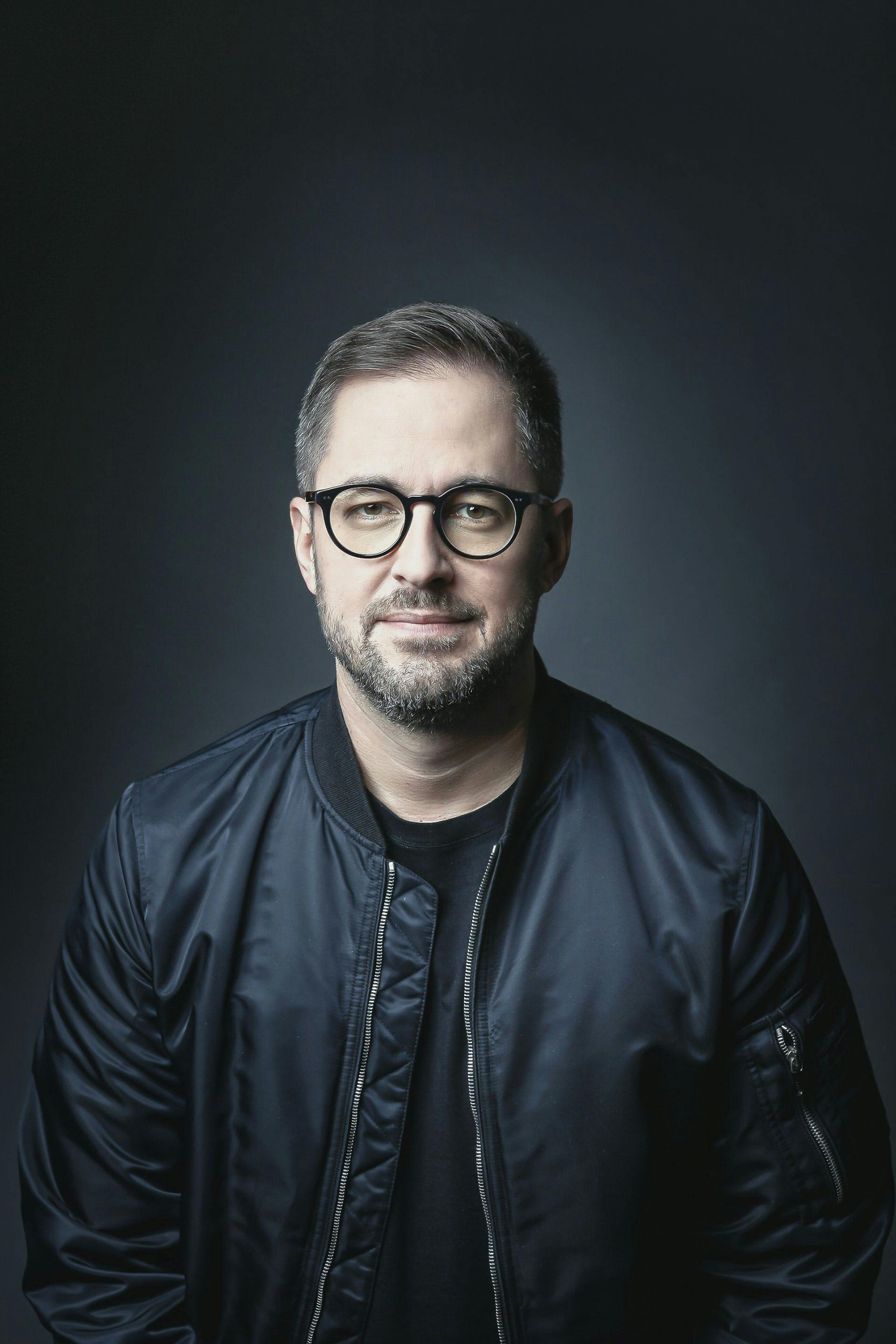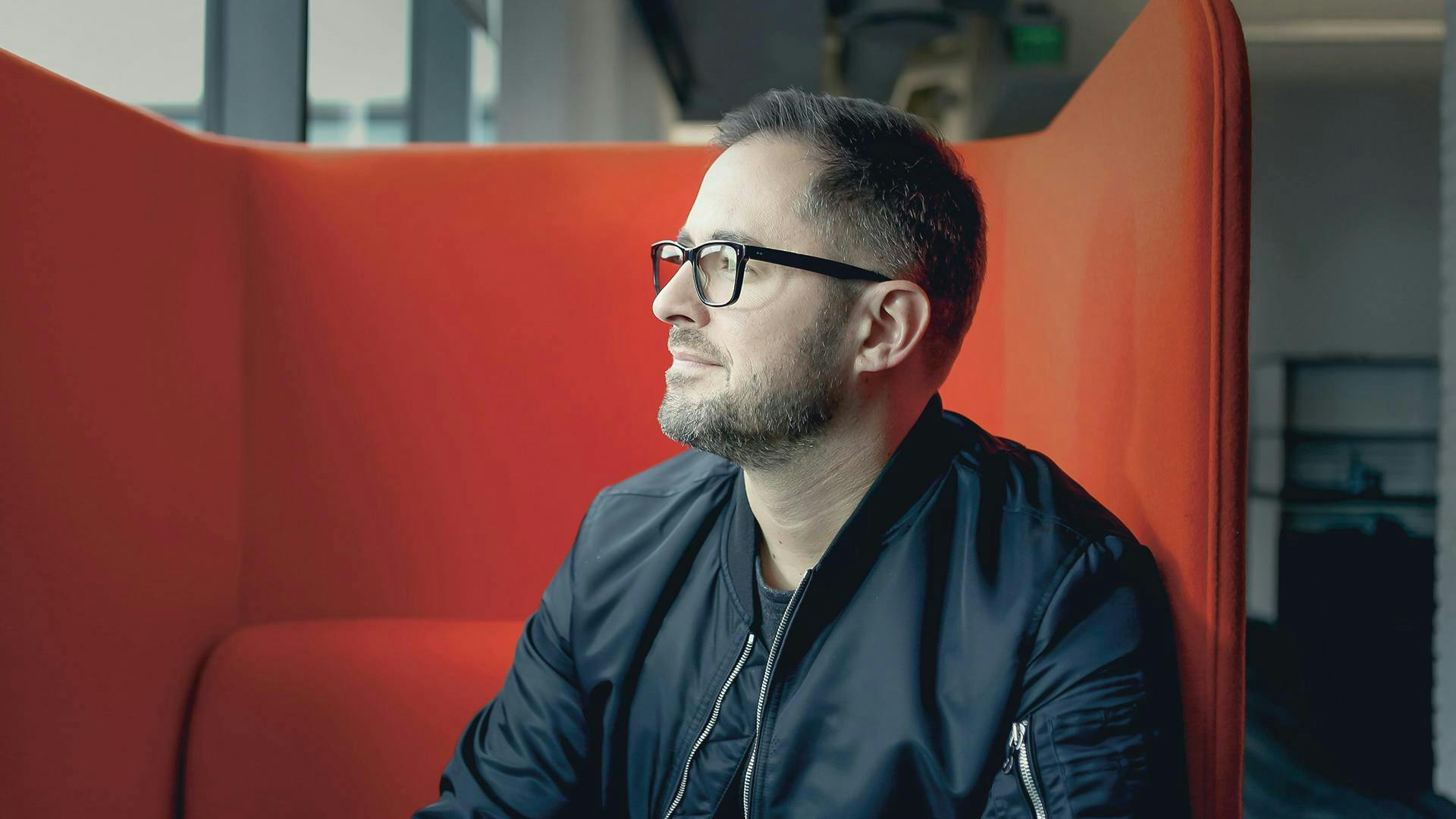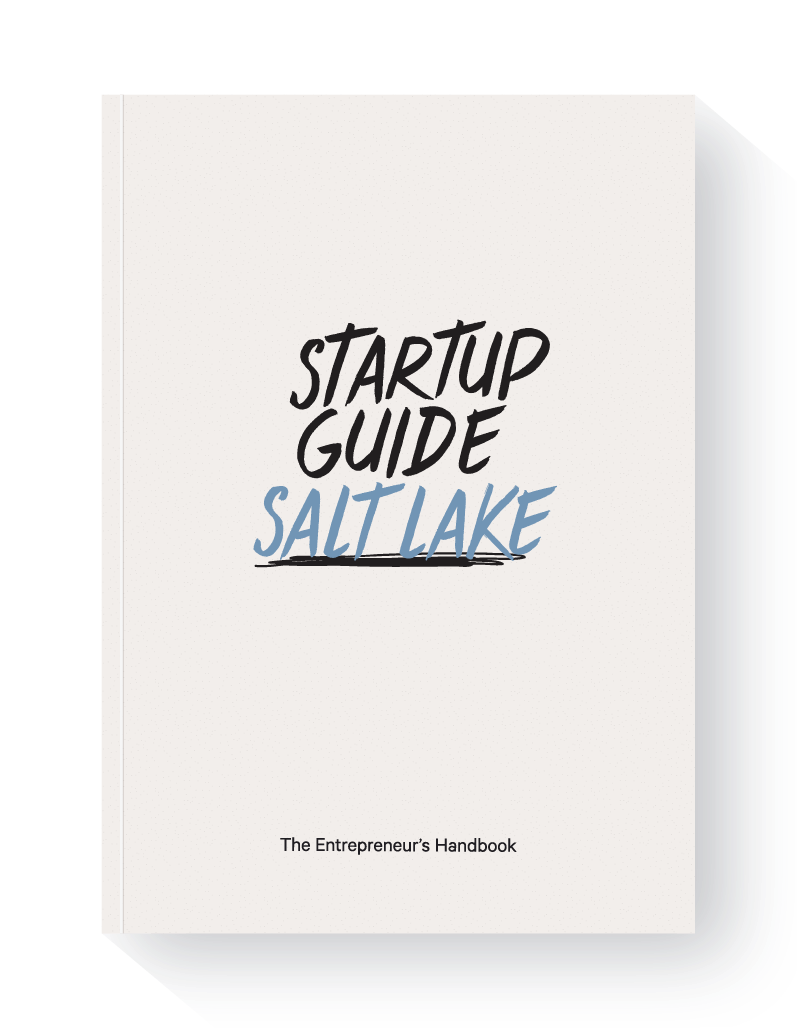How Pluralsight helps thousands of organizations upskill their teams and transform at scale
riginally from Portland, Oregon, and having learned to code at eight years old, Aaron Skonnard came to Utah to study computer science at Brigham Young University. Since then, he has helped design early web-service APIs and become a leading CEO in the Utah startup scene. Aaron founded Pluralsight, the leading technology skills learning platform trusted by 70 percent of the Fortune 500. As CEO, Aaron focuses on business strategy, future direction, product development and strategic partnerships.
Could you talk about your journey to setting up the business and where the idea for it came from?
I was eight when my father brought home an Apple II computer. That was my first exposure to computers and technology. My dad was an accountant and had no background in computers, but he saw that computers were the future and he wanted to expose our family to them. My dad and I took that new Apple II down to our basement and together, we started a journey to learn the basics of programming. I latched on.
Later, I went to Brigham Young University and earned a degree in computer science. After graduating, I worked as a programmer at Microsoft, Intel, and 3M, and eventually found my way to DevelopMentor. I worked there as an independent professional instructor and was contracted by classrooms to teach people how to build applications for Microsoft Windows and internet technologies. I also taught programming languages. That’s when I saw a real opportunity to teach a variety of technology skills and make an impact in people’s lives.
In 2004, Fritz Onion, Keith Sparkjoy and Bill Williams, whom I met at DevelopMentor, joined me to launch Pluralsight. In the beginning, we traveled the world teaching courses, focusing on quality technical content. Later, we pivoted our in-classroom training business model to be entirely online.

Aaron Skonnard, Pluralsight cofounder and CEO. Photo: ©Pluralsight
When did you know you were onto something with the business?
Not only did we believe in our product but we constantly received emails from customers about the impact it had made in their careers and lives. We were a relatively small team, but that allowed us to provide the best instructors in the world and focus on our quality. Our user base grew, and our customers began sharing us with their colleagues and friends. The developers, who were paying for us on their own dime, started going to their managers to make the case for company subscriptions. That’s when we knew we were onto something.
What lessons did you learn in the early days?
Early on I learned that you have to keep a laser focus on whatever the most important thing is at that time. You lose concentration when you’re doing too much, so it’s critical to prioritize and be disciplined in focusing on what needs to be done. That advice has guided many decisions, both at Pluralsight and in other aspects of my life.
What I’ve had to learn through every phase of growth is that learning never stops.
Can you talk about your transition from in-person classroom training to online video training?
In 2007, I had an epiphany. I was flying back from Europe after teaching multiple in-classroom sessions and it hit me: there had to be a better way to deliver our trainings at scale and to more individuals using the internet. In other words, why not use technology to teach technology? I knew we had an amazing product, but we were only putting it in front of fifty people at a time, and we were traveling for weeks at a time to bring it to as many classrooms as we could. Our demand was increasing, and I didn’t feel like we could scale quickly enough with our current model.
So on that flight I wrote a vision deck for “Pluralsight on-demand!” The concept was to take everything we had done in the classroom and package it into something that we could sell digitally. This was dramatically different from what we had been doing. It had a comparatively low price point and was a product we could offer through subscriptions. It was scalable with controllable costs. We could take the knowledge of the subject-matter experts whom we employed all over the world and package it into a product we could sell anywhere.
After presenting the deck to my cofounders, we agreed that we had to do this. We risked half the company revenue to move Pluralsight completely online, and we flourished.
What have been some key inflection points in the company?
We acquired eight companies between 2013 and 2016 to widen the reach and impact of our product, add new features to our platform and provide a seamless, robust experience for our customers.
We’ve improved our platform to be at the center of the entire technology learning experience. We provide skill assessments such as Skill IQ and Role IQ; a curated library of content from software development to IT ops to cybersecurity; customized learning paths that adapt to the individual learner’s skill level; and analytics to monitor progress.
We’ve gone up the food chain in the last couple of years, and now we are at the table with CEOs, CTOs and CIOs who understand that technology is at the center of their company’s success. We’ve expanded our enterprise capabilities and enabled businesses to develop the technology skills of their workforces at scale and are now trusted by more than 70 percent of Fortune 500 companies.
We solidified our mission to democratize technology skills and are committed to closing the global technology-skills gap. In 2017, we launched Pluralsight One, our social impact initiative, with the commitment to equip nonprofits with the technology skills they need to provide those they support with access to high-quality learning resources and technology skills to chart their own futures and strengthen their communities.
We’ve grown the company to more than 1,600 dedicated team members, 1,500 expert authors who have collectively created over 7,000 technology courses and 17,700 business customers across 180 countries. In May 2018, we made our public market debut, and we’re now building a new worldwide headquarters in Draper, Utah, with plans to add more than two thousand team members within the next ten years.

Aaron Skonnard, Pluralsight cofounder and CEO. Photo: ©Pluralsight
Why did you and the team decide to bootstrap for the first nine years?
When we first started Pluralsight, each of the founders contributed $5,000 into the initial seed investment, and this $20,000 was our only seed money for nearly a decade. This was a conscious decision.
The right outside investments can help your business, but timing is everything. If taken too early, outside investments can dilute ownership, reduce autonomy and weaken focus and resourcefulness. Had we taken outside funding initially, we likely would have been forced to move faster than our revenue stream really warranted and lose control of our direction.
Bootstrapping forced us to be disciplined and get things right from the start, and it freed us up to focus on building a successful business. When you have no option but to succeed on your own steam, you become very efficient at using your resources and staying focused on your priorities.
Additionally, we knew that having Pluralsight fully developed and profitable would increase our chances of long-term success and autonomy when it finally came time to seek outside funds. You’ll find that this strategy is very commonplace in Silicon Slopes.
In 2012, Pluralsight raised venture capital; could you talk about the decision to take outside funding?
During our bootstrapping days, we made millions in revenue but stayed focused on proving our product on our own before taking funding. When we decided to raise VC money, it was because we had a true need for it: we wanted to accelerate our growth via acquisition. We had a clear mission in mind, and we had a highly profitable company that would entice investors. We raised $27.5 million in Series A funding in 2013 and $135 million in Series B funding in 2014 – which at the time was the largest single funding round ever in Utah. While maintaining the control we’d earned as founders, we used the VC money to acquire eight companies, which fueled our trajectory faster than we could have done without the outside boost and tripled our size in several months.
Make sure you hire the best people for your team and surround yourself with great talent and the expertise that you do not have.
It is rare for a CEO to take a company from startup through IPO; how have you managed to adapt to the changing needs of the role and company?
One important lesson I’ve learned through this journey is to make sure you and your teams are aligned with the mission, vision and values of your company. That alignment allows you to build for scale, informs your growth strategy and guides you through the natural ebbs and flows that are bound to happen along the way. I think another important element is my commitment to lifelong learning. I’ve had to learn through every phase of growth how to scale the company according to its needs in the current moment.
What advice do you have for young entrepreneurs?
It’s important to work on building the fundamentals of your company. Make sure you hire the best people for your team and surround yourself with great talent and the expertise that you do not have. Make them the strong partners you need to help you through.
[Read also: Salt Lake's most inspiring coworking spaces]
A version of this article is included in Startup Guide Salt Lake, alongside more founder stories and expert insights. Order your copy now!
Written by Aaron Gerry
Repackaged by Anastasia Ilcov
Main photo: ©Pluralsight

